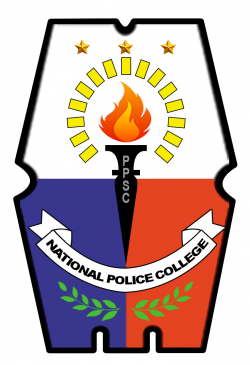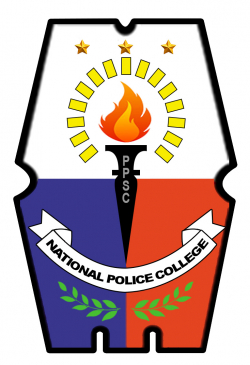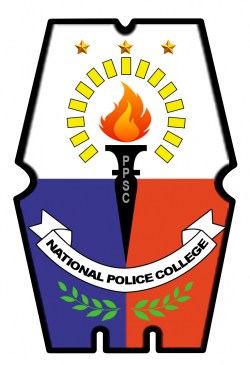MULTI-SECTORAL DISASTER RISK REDUCTION MANAGEMENT CAPABILITY: BASIS FOR CAPABILITY BUILDING PROGRAM

Type
Thesis
Authors
PSUPT FEDERICO B. VALENCIA III, FSUPT NAILYN A. BELONIO, FCINSP RENEL M. BELONIO, PSUPT ALVIN M. MAR ( PSUPT FEDERICO B. VALENCIA III, FSUPT NAILYN A. BELONIO, FCINSP RENEL M. BELONIO, PSUPT ALVIN M. MARTIN )
Category
PSOSEC
[ Browse Items ]
Publication Year
2018
Abstract
This study was conducted to determine the performance of various sectors in the community in terms of their capability for disaster risk reduction management specifically on: 1) prevention and mitigation, 2) preparedness, 3) response, and 4) recovery and rehabilitation.
This study employed descriptive -comparative research design. It involve twenty five (25) representatives from the Local Government Units, twenty five (25) Business Establishments, twenty five (25) Academic Institutions, and twenty five (25) Bureau of Fire Protection. The data were gathered using questionnaires following the survey method. Moreover, the challenges encountered by the sectors were also determined through the responses of the participant-discussants in the Key Information Interview. The data were analyzed using frequency distribution, weighted mean and One-Way Analysis of Variance (ANOVA).
The result of the sudy revealed that the sectors ara capable of disaster risk management in terms of prevention and mitigation, preparedness, response, and recovery and rehabilitation. The analysis revealed that there is no significant difference in the disaster risk reduction management capability levels among the four sectors in terms of prevention and mitigation, preparedness and recovery and rehabilitation while no significant difference exists in terms of response. In addition, the common challenges encountered by the sectors include insufficient early warning systems and equipment, limited funding, inadequate capability building activities, and inaccessibility to informal settlements and slum areas.
Based on the findings, the Local Government Units, Business Establishments, Academic Institutions and Bureau of Fire Protection are capable of managing risk disasters in terms of prevention and mitigation, response, and recovery and rehabilitation. The analysis also uncovered that the disaster risk reduction management of the sectors are significantly similar. Nevertheless, the sectors encounter unique and common problems that affect their performance in the risk reduction management. It is generally recommended that the four sector together and other stakeholders may also work cooperatively to achieving more efficient and helpful risk reduction management for the good for their constituents and consumers.
This study employed descriptive -comparative research design. It involve twenty five (25) representatives from the Local Government Units, twenty five (25) Business Establishments, twenty five (25) Academic Institutions, and twenty five (25) Bureau of Fire Protection. The data were gathered using questionnaires following the survey method. Moreover, the challenges encountered by the sectors were also determined through the responses of the participant-discussants in the Key Information Interview. The data were analyzed using frequency distribution, weighted mean and One-Way Analysis of Variance (ANOVA).
The result of the sudy revealed that the sectors ara capable of disaster risk management in terms of prevention and mitigation, preparedness, response, and recovery and rehabilitation. The analysis revealed that there is no significant difference in the disaster risk reduction management capability levels among the four sectors in terms of prevention and mitigation, preparedness and recovery and rehabilitation while no significant difference exists in terms of response. In addition, the common challenges encountered by the sectors include insufficient early warning systems and equipment, limited funding, inadequate capability building activities, and inaccessibility to informal settlements and slum areas.
Based on the findings, the Local Government Units, Business Establishments, Academic Institutions and Bureau of Fire Protection are capable of managing risk disasters in terms of prevention and mitigation, response, and recovery and rehabilitation. The analysis also uncovered that the disaster risk reduction management of the sectors are significantly similar. Nevertheless, the sectors encounter unique and common problems that affect their performance in the risk reduction management. It is generally recommended that the four sector together and other stakeholders may also work cooperatively to achieving more efficient and helpful risk reduction management for the good for their constituents and consumers.
Number of Copies
1
| Library | Accession No | Call No | Copy No | Edition | Location | Availability |
|---|---|---|---|---|---|---|
| NPC Library | 676088 | 1 | Yes |




